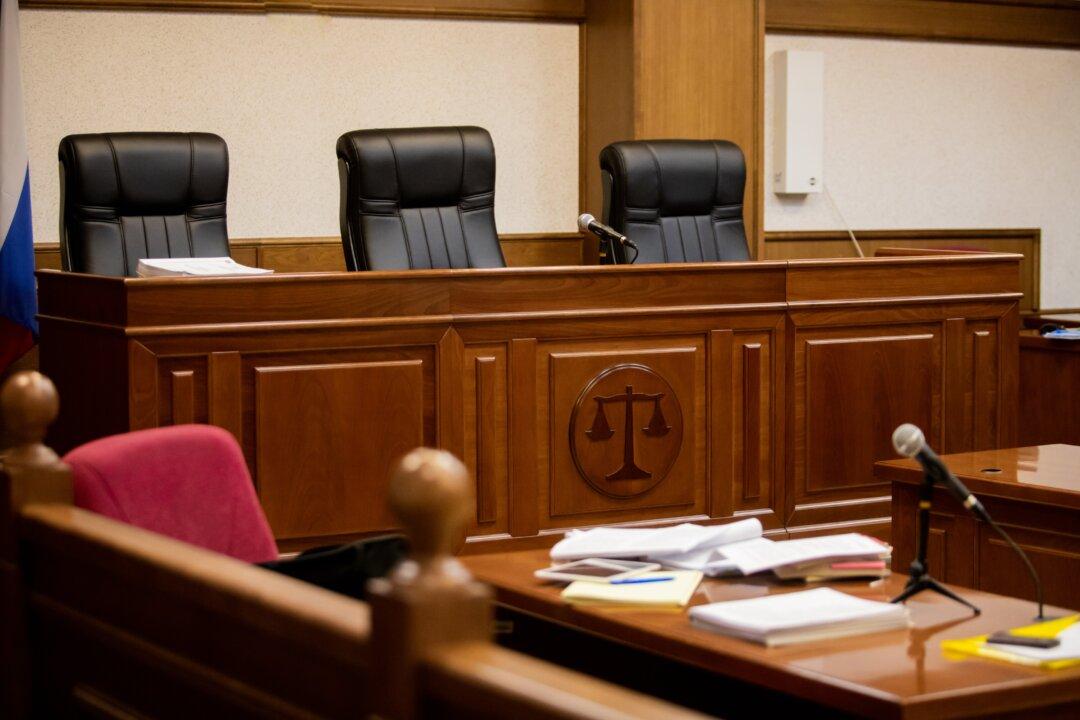Initial Funding
Once your trust is signed, your attorney will have you sign a few documents to start the funding process.A pour-over will (see Appendix F) is signed for each grantor and has two purposes. First, it is a backup document that transfers all assets that are in your names at your deaths to the trust. However, as mentioned earlier, we do not want to use the will for that purpose, since our plan is to have all assets already in the name of the trust at your deaths. Probate avoidance is one of the purposes of the trust and we do not want to probate the will. Second, if you have minor children at the time of your deaths, or a disabled child who is under a court-appointed guardianship, the will is used to appoint the people of your choice to be their guardians.





